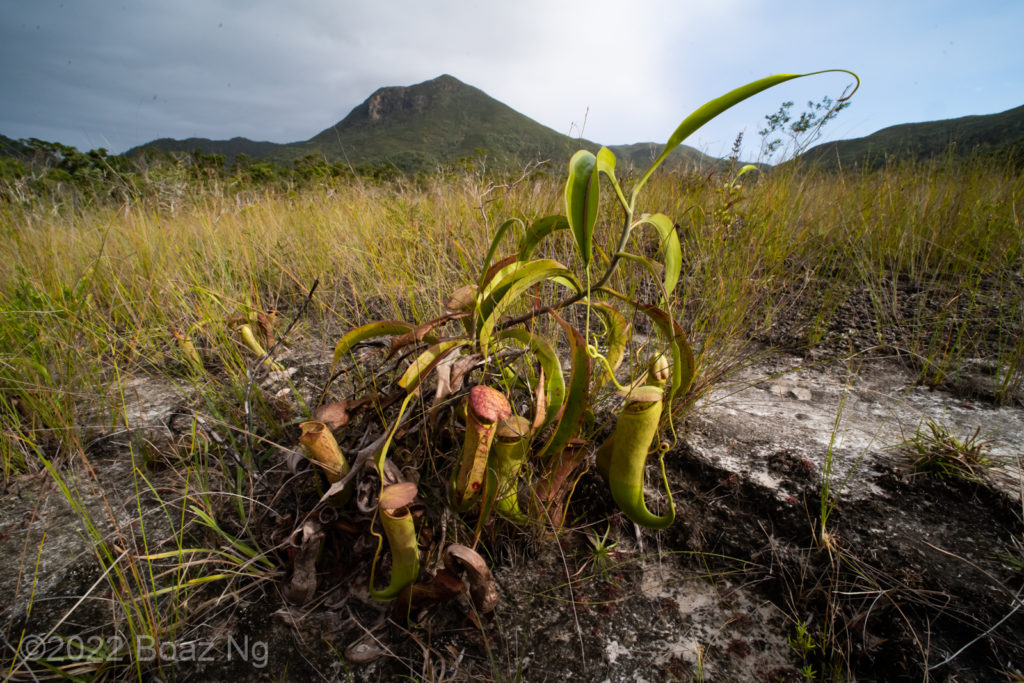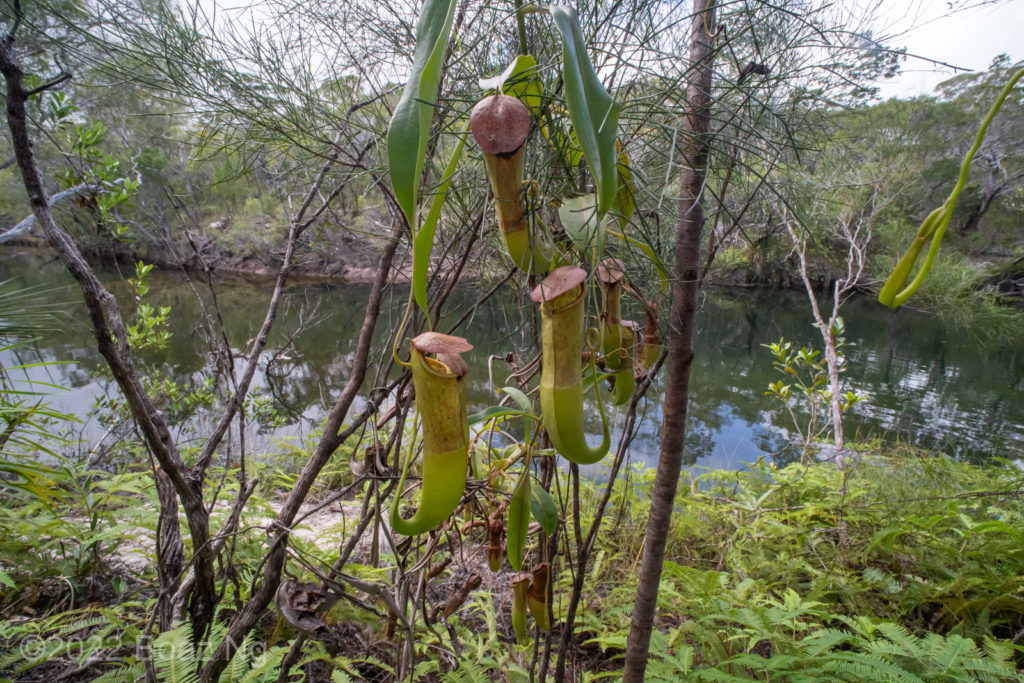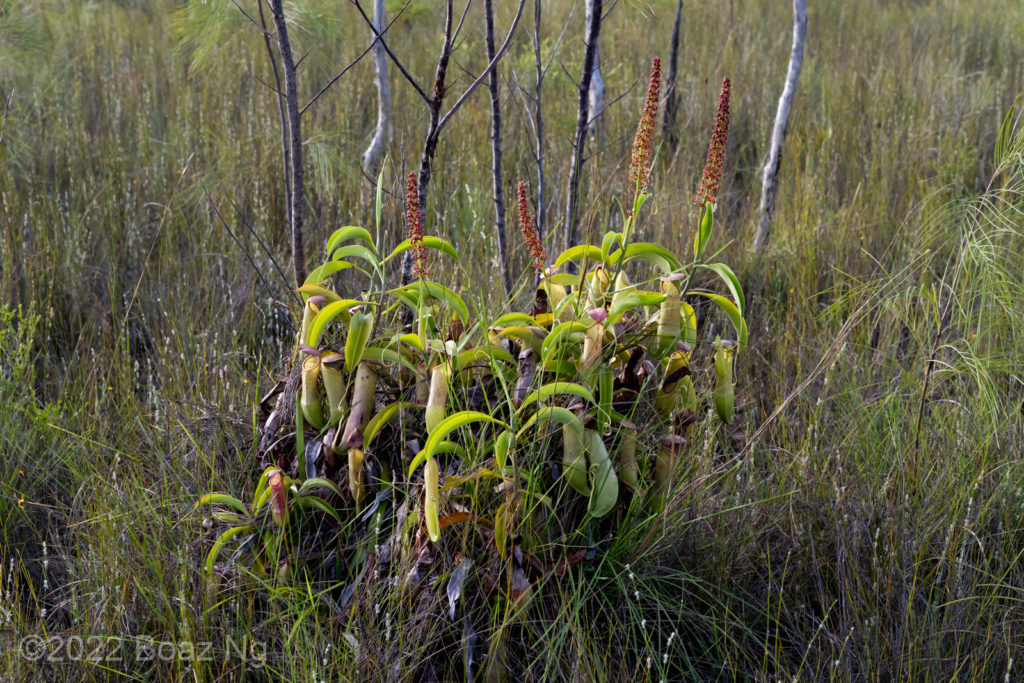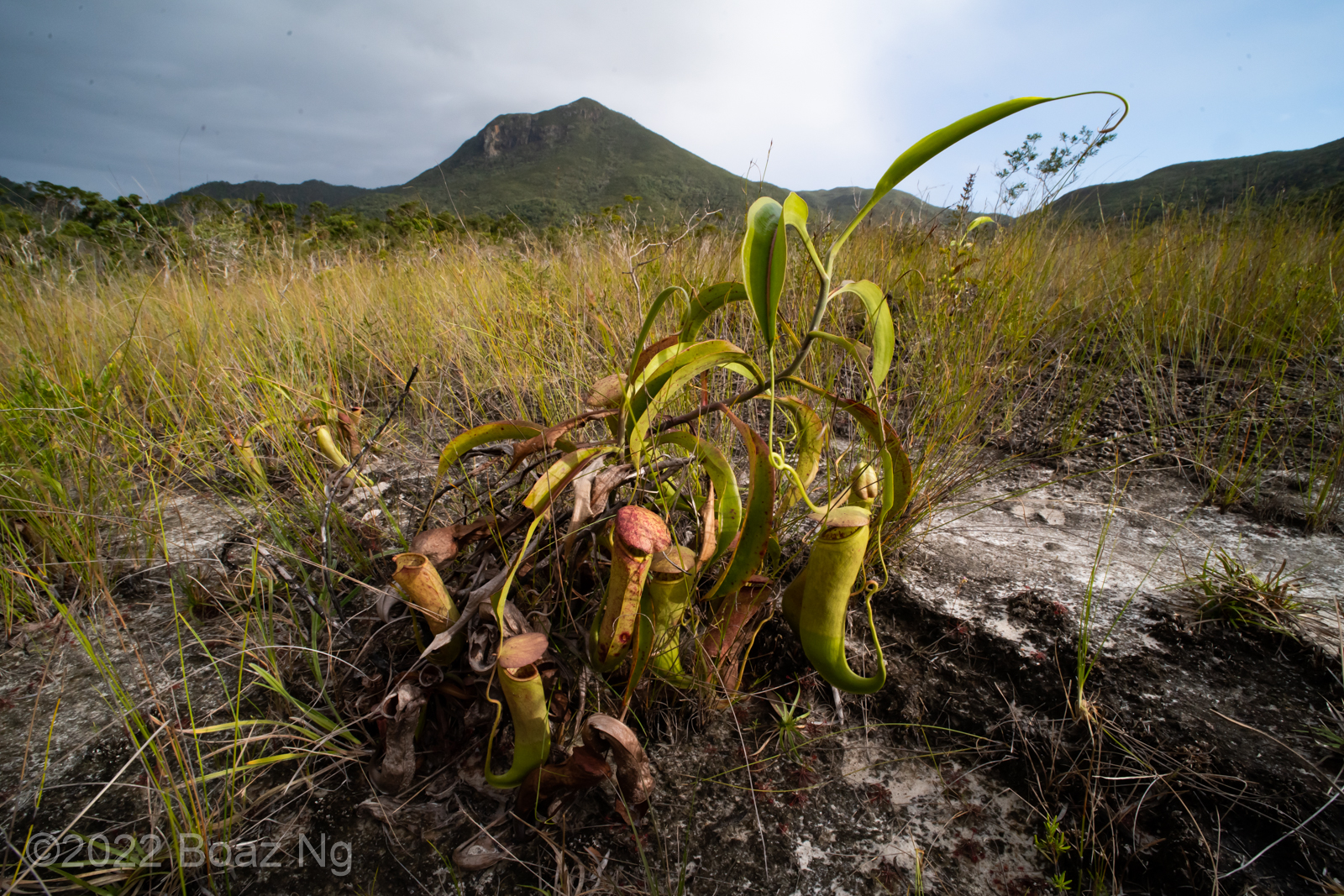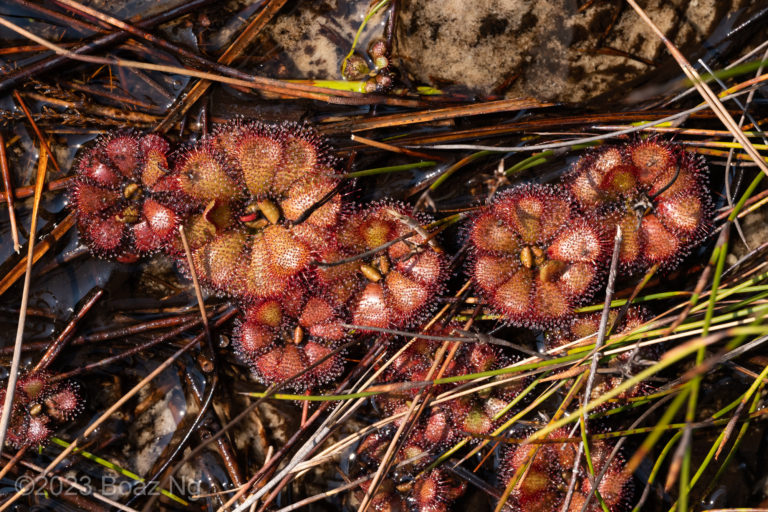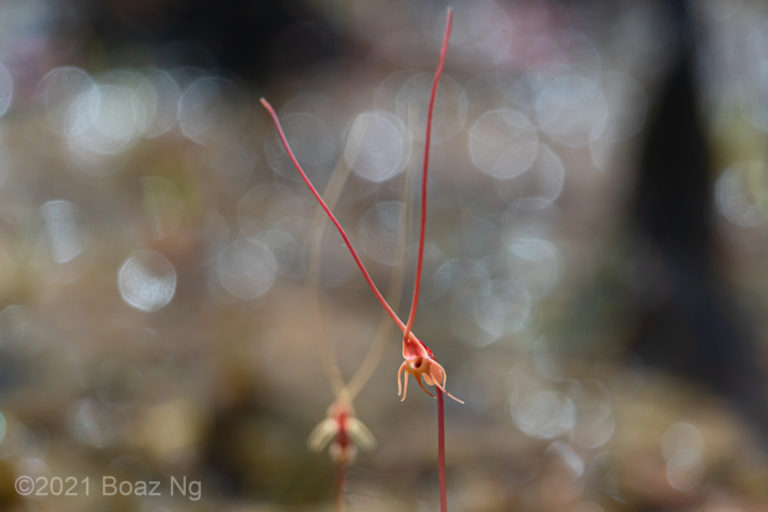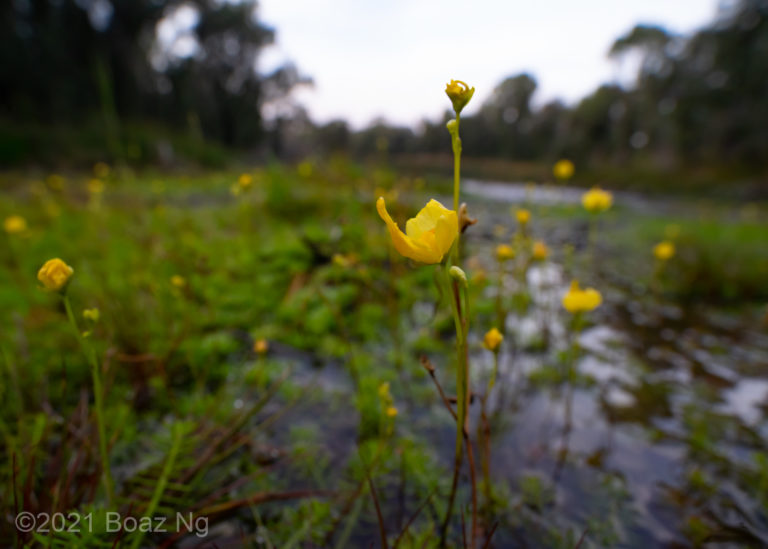Nepenthes mirabilis is a species of lowland pitcher plant native to coastal regions stretching from southern China to Australia. Across its range exists remarkable variation, and the collection of plants should perhaps be considered a species complex.
N. mirabilis usually has largish, medium-wide leaves that are loosely folded. The petiole is usually distinct but can blend in with the lamina. Many leaves are retained on the vine and leaves are relatively well spaced. The pitcher hip is located around halfway up the length of the pitcher. The tendril of the upper pitchers are twining and readily grasp surrounding vegetation for support. It should be noted that all these traits are variable.
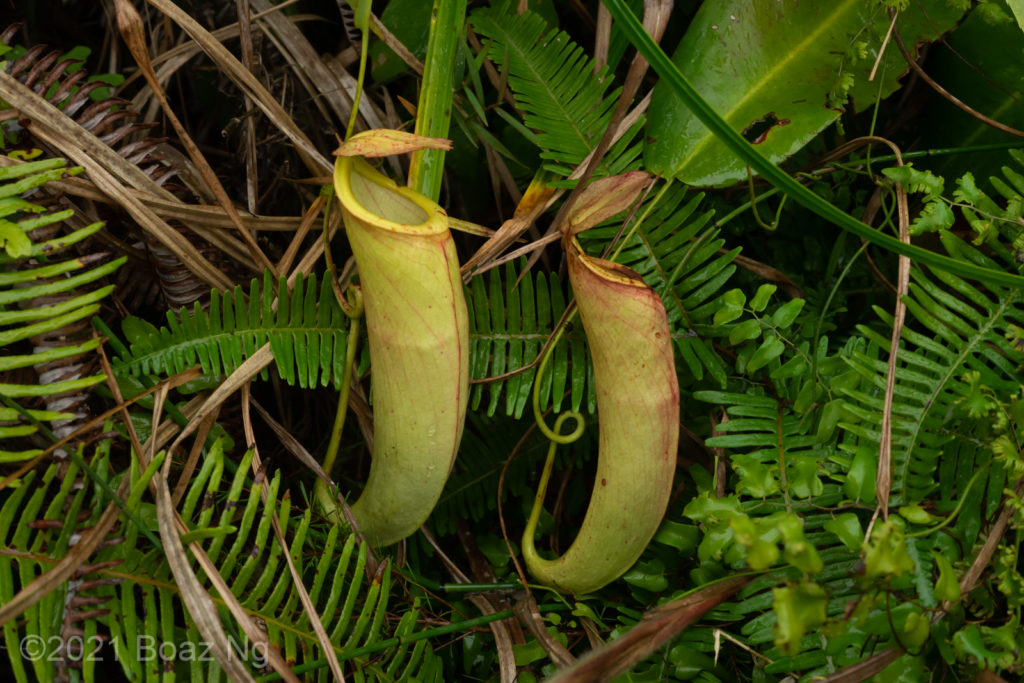
I first encountered the species in Hong Kong, where it inhabited the riparian zone of a large shallow river. The plants were large, with vines that tangled themselves amongst the ferns and sedges of the riverbank. The pitchers here were mostly unremakably adorned, although they were quite large and reached the size of a hand span.
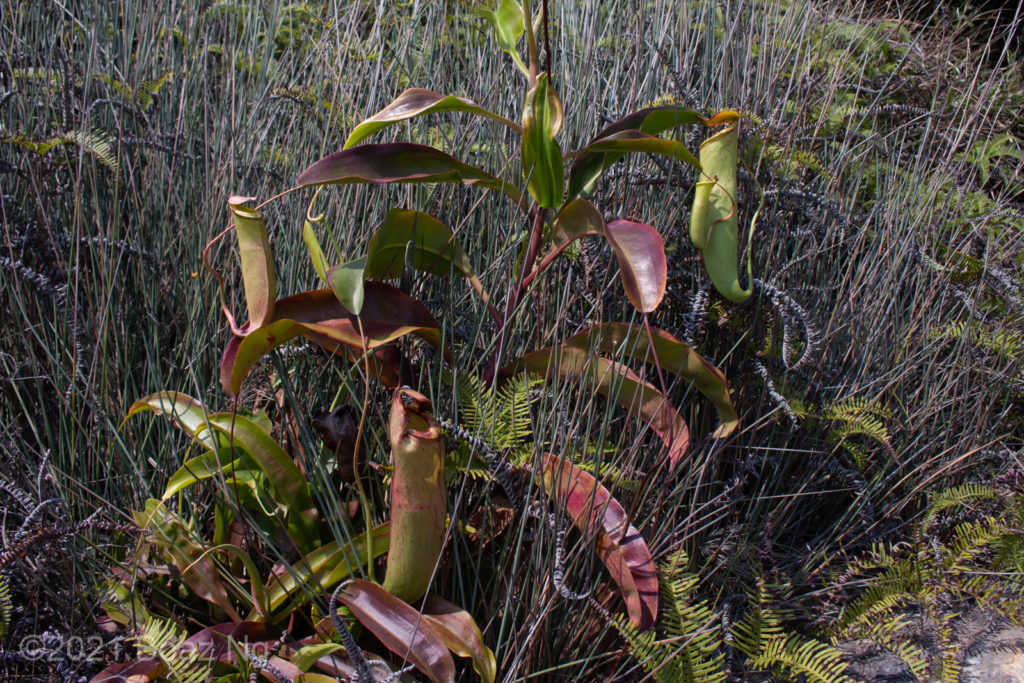
Across the delta in Macau, I came across the plants again growing in rocky seepages by a coastal walk. The plants were exposed to full sun, stimulating them to display their best characteristics. Out of the thick, self supporting vines grew handsome leaves, blushed a deep purple by the light. At the end of long tendrils hung large pitchers that, while simple in morphology, gave an authoratative simplicity to the species.
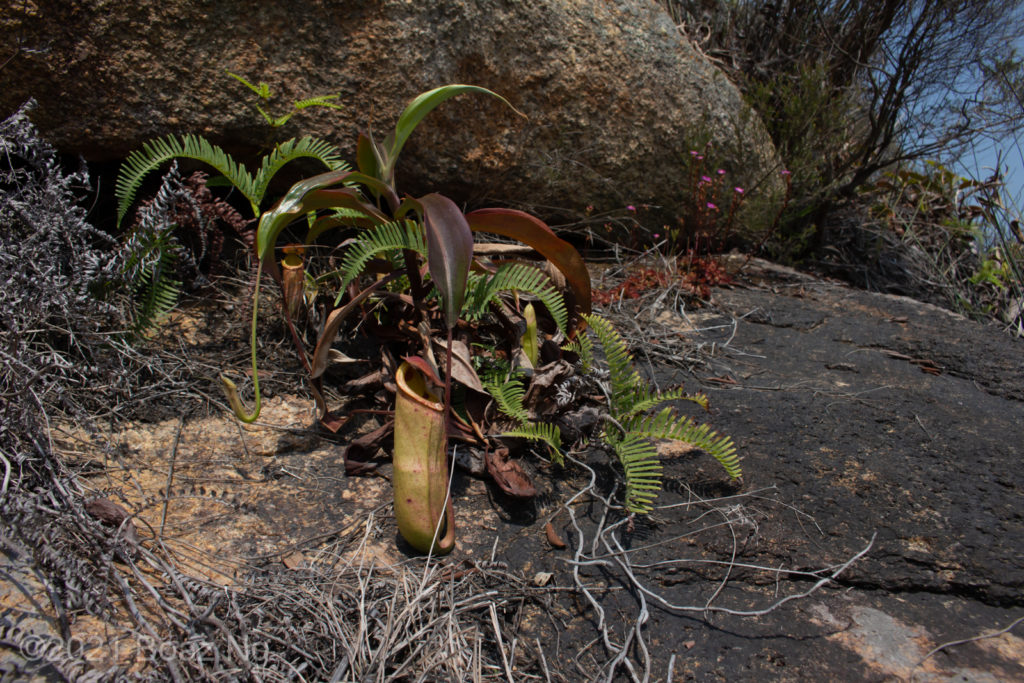
The plants grew on skeletal soils that accumulated in cracks and depressions in the weathered granite that sat by the ocean. The geography of the locality, being situated at the base of a larger hill, meant that water constant seeped out from the ground. While this hostile habitat might seem hostile, the cold weather in winter and high humidity in summer keep protects it from dessication. Of course, the bigger threat in the region comes from unsustainable housing developments…
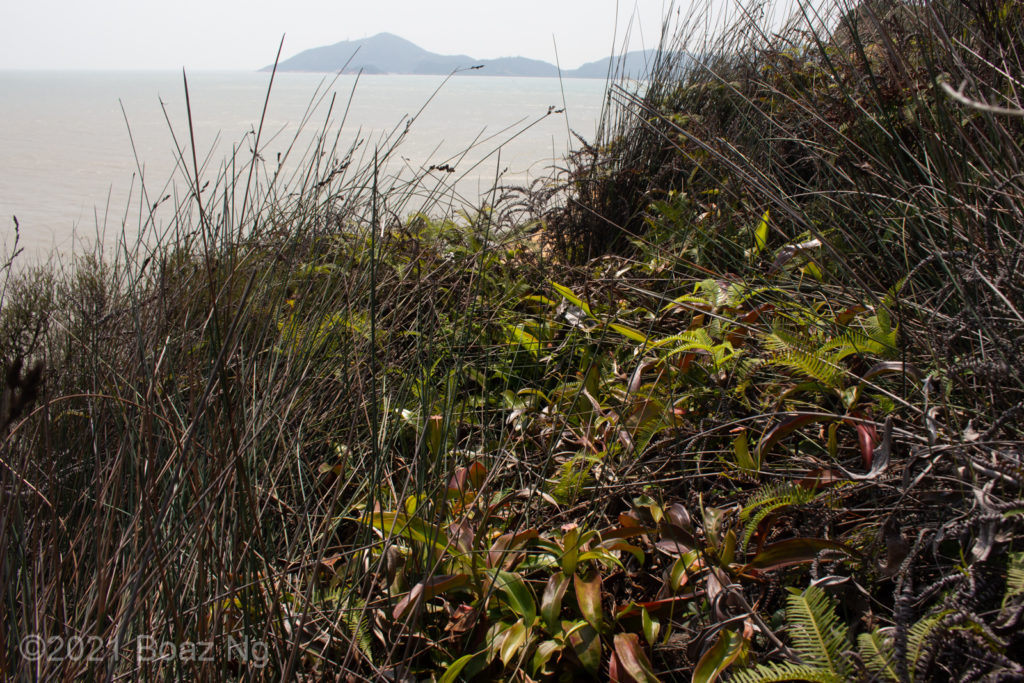
In Australia, I’ve seen the species is Bramston Beach in Far North Queensland. This well-known location represents the southern limit of the species, and the population is rather isolated from the other Australian localities in the swamps of the Cape York Peninsula. The general ecology of the area comprises tropical rainforest, although the Nepenthes are found in exposed niches on road cuts, the edge of forest and in sparse secondary regrowth. I visited in the middle of the dry season, so the plants were looking rather poorly but the local form is most unremarkable with small pitchers lacking of any notable features.
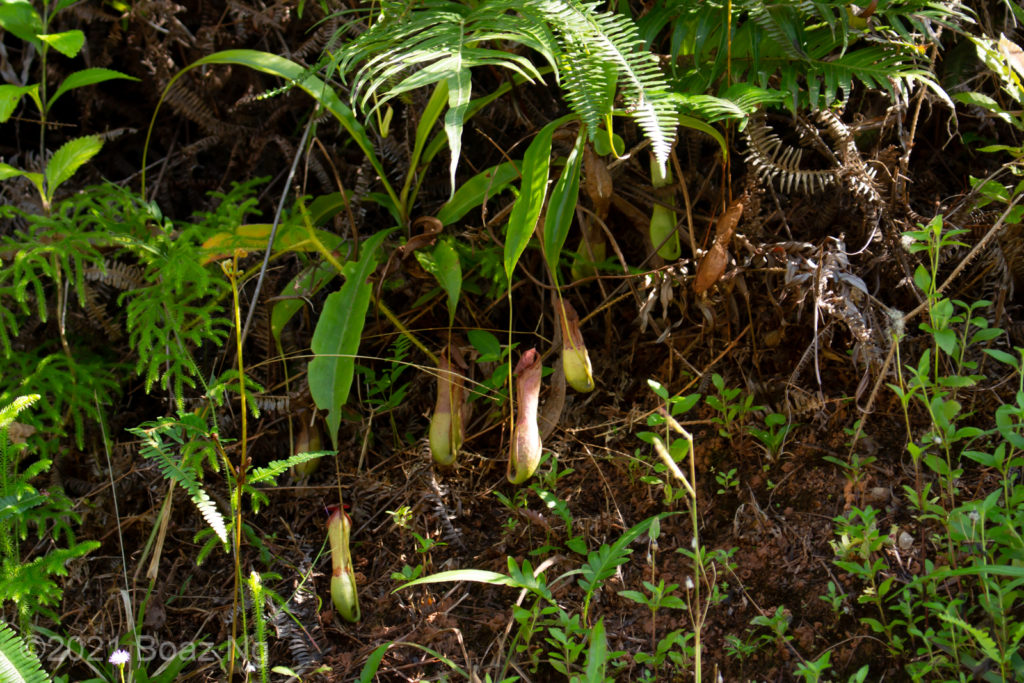
Nepenthes mirabilis is extremely common on the northernmost parts of Cape York, where it occupies creek lines and the periphery of swamps. These habitats are perennially wet owing to the extremely northerly position with groundwater persisting into the monsoonal dry season. The plants here are large and capable of sending tall vines that completely cover trees. The pitchers here are sizeable and variable in morphology and colouration.
